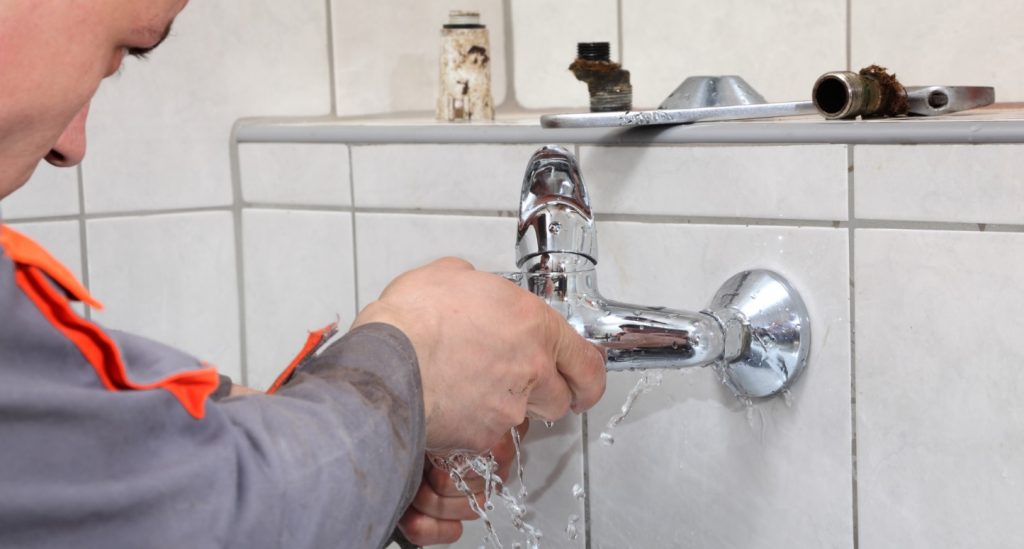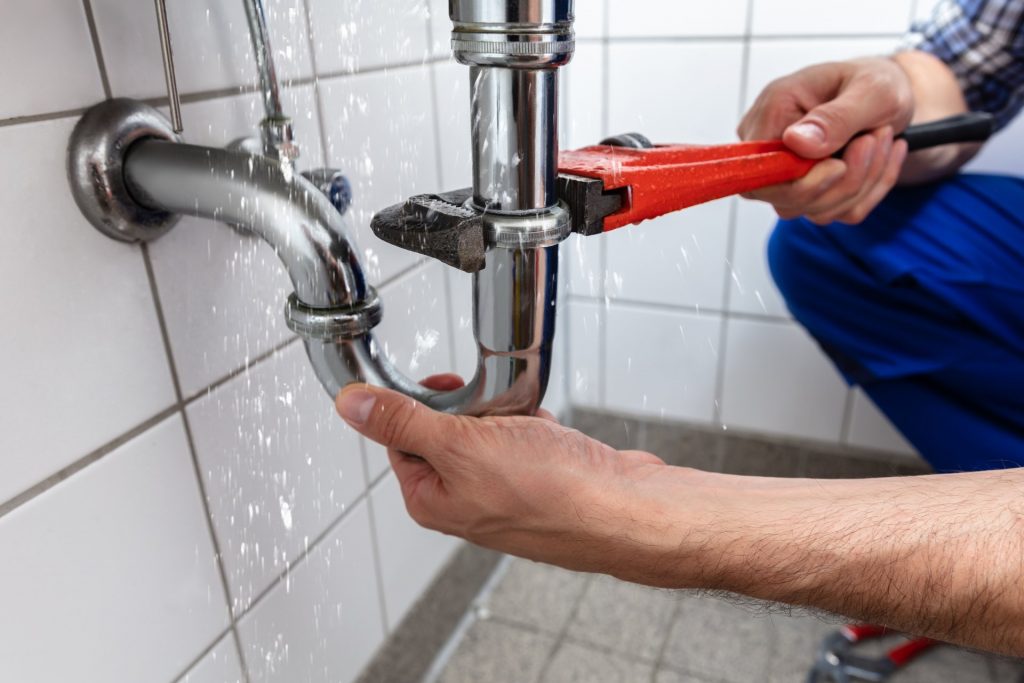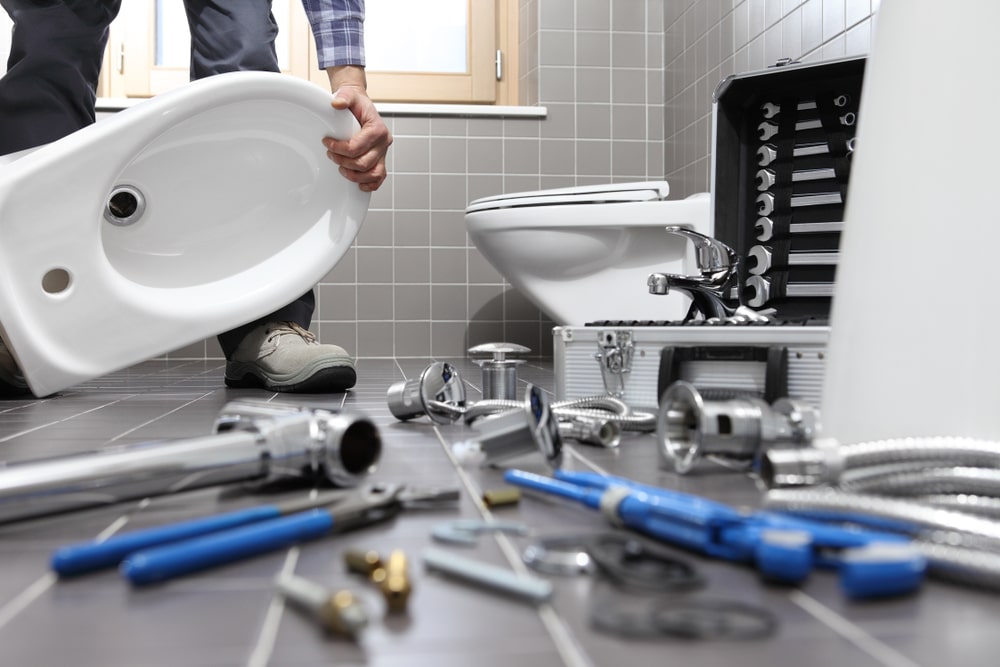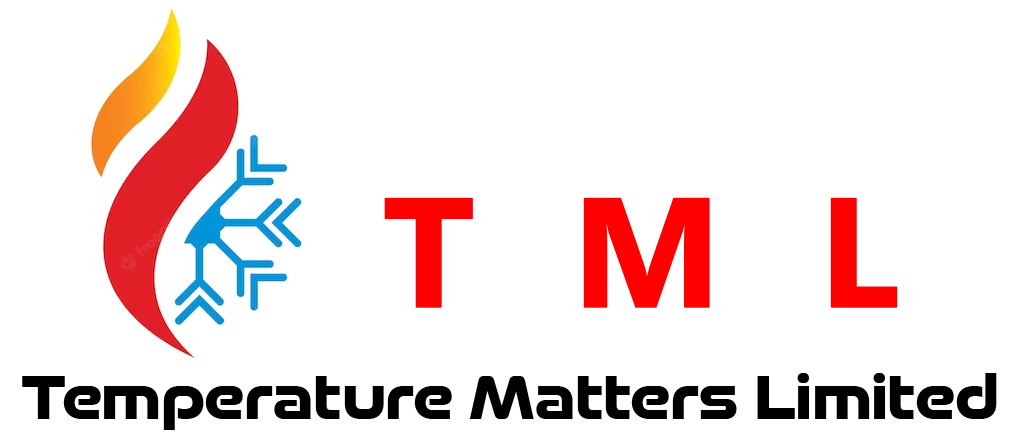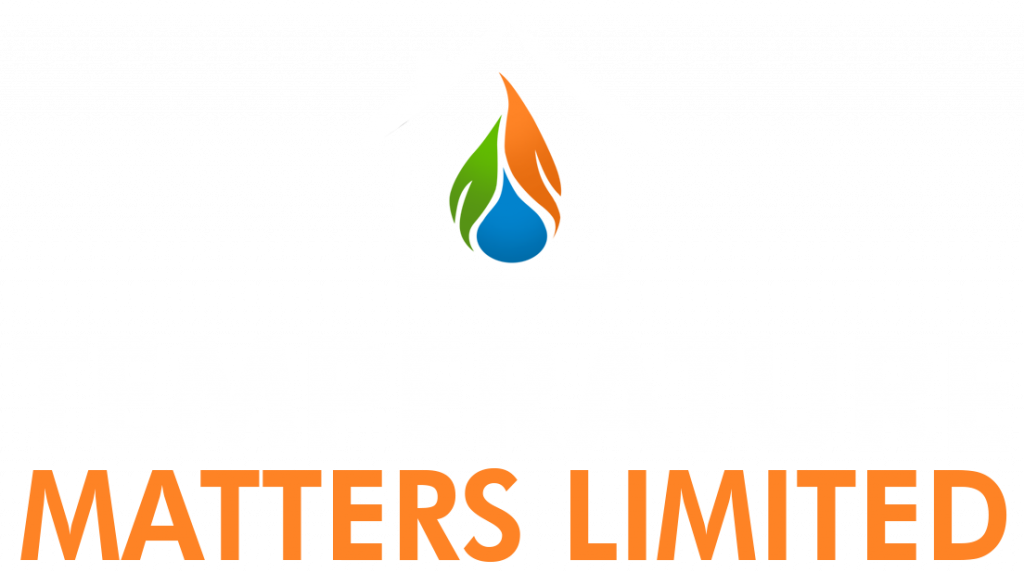Water Plumbing
Please don't hesitate to contact us with any bespoke ideas you have.
Water plumbing refers to the system of pipes, fixtures, valves, and other components used to distribute and convey water within a building or structure. It is a crucial part of a building’s infrastructure, providing access to clean water for various purposes, such as drinking, cooking, sanitation, and heating.
The main components and concepts associated with water plumbing include:
Water Supply System: This system brings potable (drinkable) water into the building from a public water supply or a private well. It typically involves a water meter, shut-off valve, and a network of pipes that distribute water to various fixtures.
Pipes and Plumbing Fixtures: Pipes are the conduits through which water flows within the plumbing system. They are typically made of materials like copper, PVC (polyvinyl chloride), or PEX (cross-linked polyethylene). Plumbing fixtures include faucets, sinks, toilets, showers, bathtubs, and appliances like dishwashers and washing machines.
Hot Water System: A hot water system provides heated water for domestic use, such as bathing, washing dishes, and laundry. It typically involves a water heater (such as a tank-based heater or a tankless water heater) and a separate network of pipes that deliver hot water to the fixtures.
Drainage and Waste System: In addition to supplying water, plumbing systems also handle the removal of wastewater and waste materials. The drainage system consists of pipes, traps, and vents that carry wastewater away from fixtures and direct it to the sewer or septic system.
Water Pressure Regulation: Water pressure regulators are installed in the plumbing system to control and maintain appropriate water pressure throughout the building. They help prevent excessive ressure that can damage pipes and fixtures.
Backflow Prevention: Backflow prevention devices are installed to prevent the backward flow of contaminated water into the clean water supply. They ensure that the water supply remains protected from potential contamination due to pressure changes or cross-connections.
Plumbing systems are subject to local building codes and regulations to ensure the safety, efficiency, and hygiene of water distribution and wastewater disposal. Proper installation, maintenance, and periodic inspections of plumbing systems are essential to prevent leaks, ensure water quality, and promote water conservation.
It’s important to note that plumbing work should be carried out by licensed professionals with expertise in plumbing installation and repairs.
